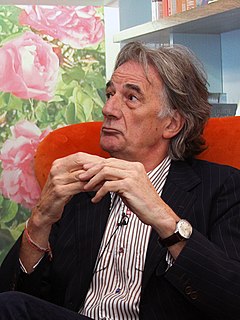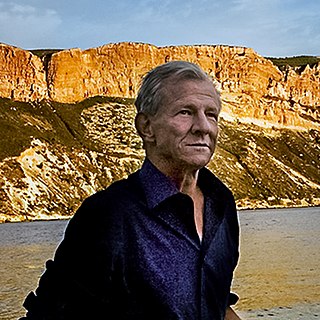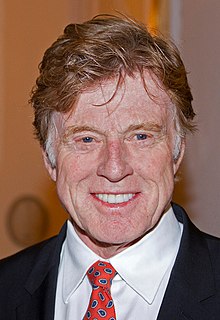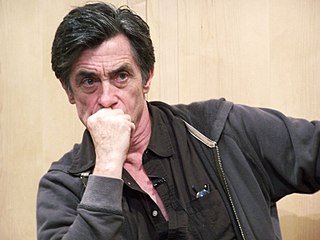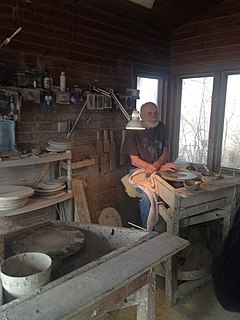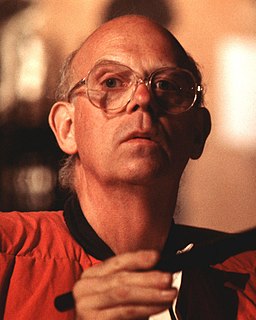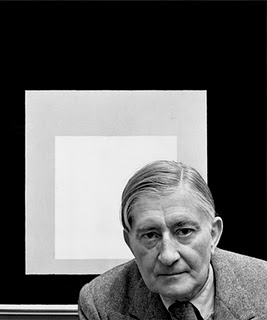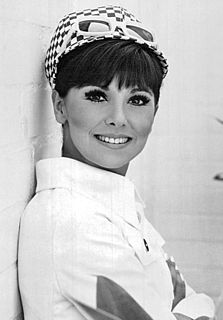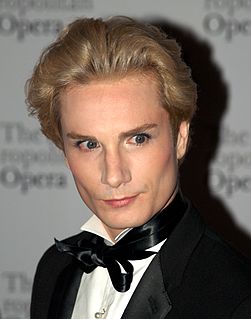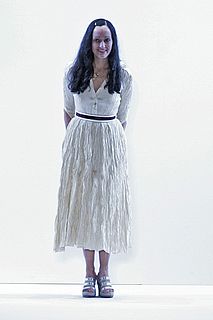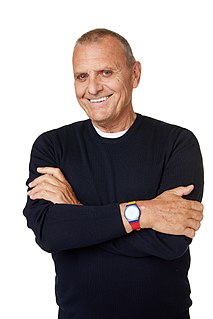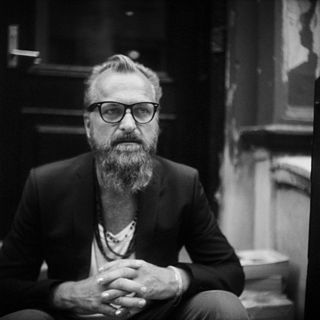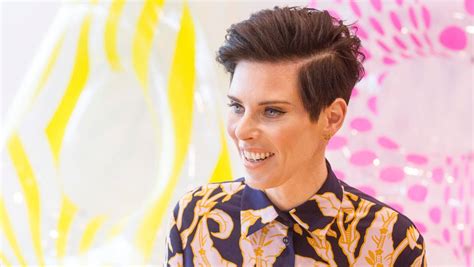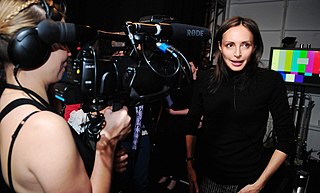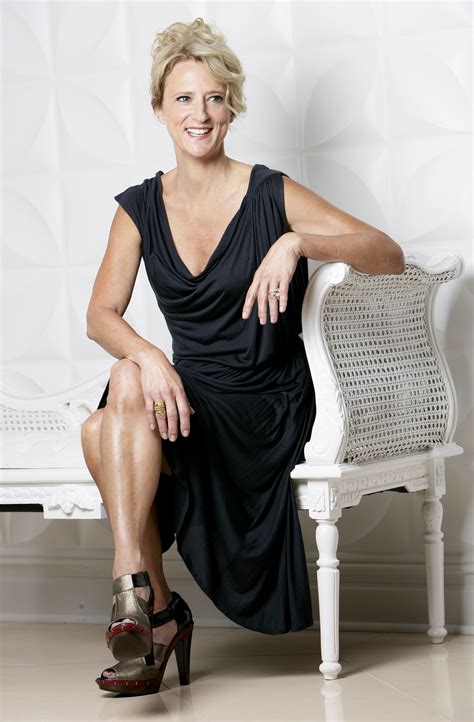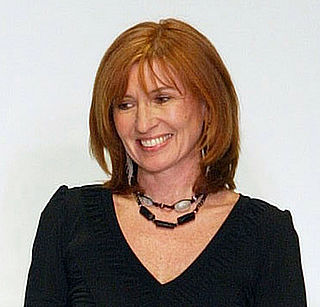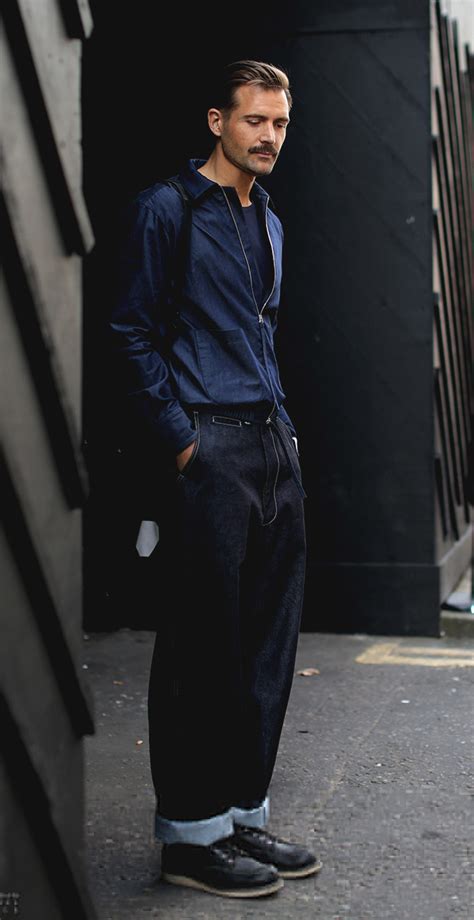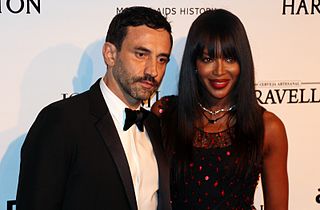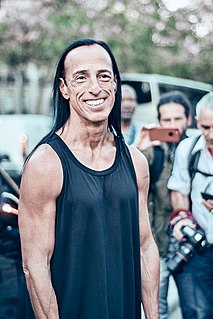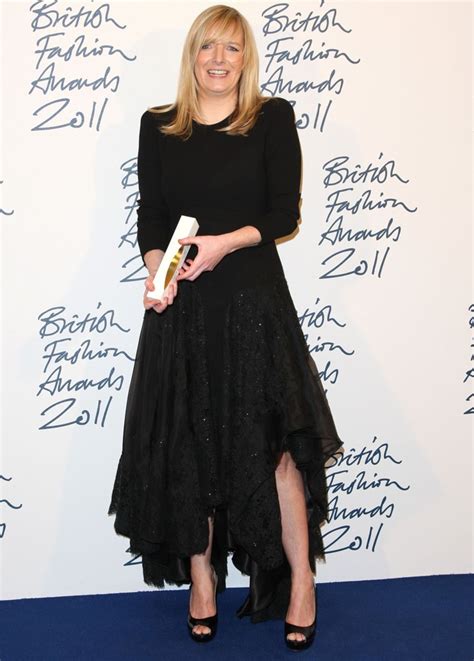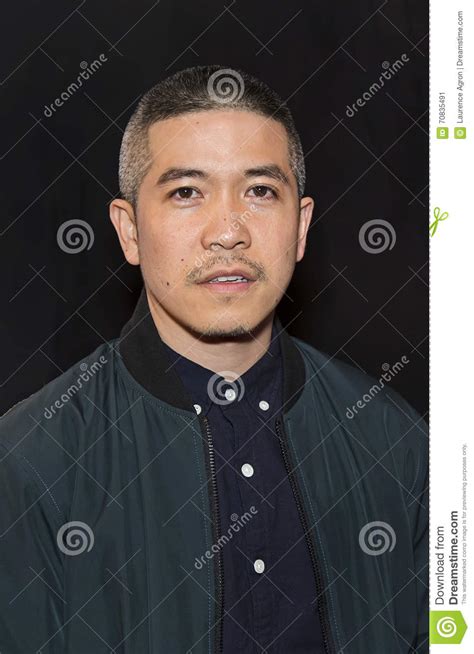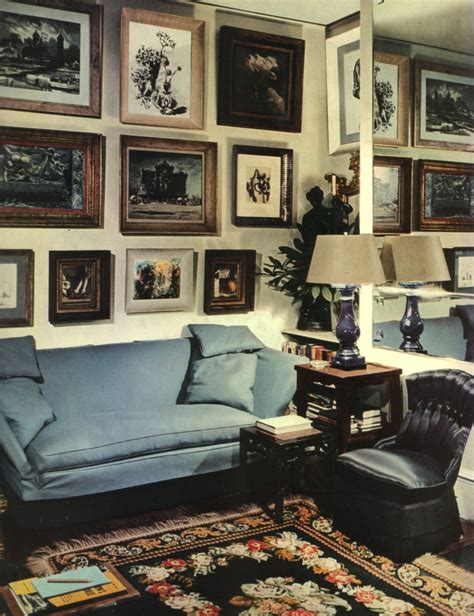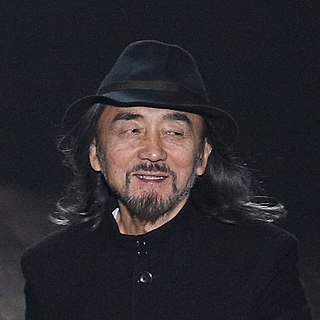A Quote by Paul Smith
I graduated in June 1948 and then went in the fall to the art school. I stayed with my cousins on Seventeenth Street in the beginning, and later had my own apartment very near there and was able to walk to the Art Institute on Elmwood Avenue. The school had a faculty of local artists - Jeanette and Robert Blair, James Vullo who were well known in the area. It was a school that I think thrived on returning GIs, as many schools did at that time. It was a very informal program - but it was professional.
Quote Topics
Able
Apartment
Area
Art
Art School
Artists
Avenue
Beginning
Blair
Cousins
Did
Faculty
Fall
Gis
Graduated
Had
In The Beginning
Informal
Institute
James
June
Known
Later
Local
Many
My Own
Near
Own
Professional
Program
Returning
Robert
School
Schools
Stayed
Street
Then
Think
Time
Very
Walk
Well
Well Known
Were
Related Quotes
Jack Sturtzer, one of my cousins, had gone to art school and suggested that I might be interested in a private school called the Art Institute of Buffalo, and in fact that is what happened. So upon graduation in 1948, I then went to stay with my cousins on Seventeenth Street and enrolled in the program at the Art Institute on Elmwood Avenue.
I'd been influenced by reading books on art and colonies that existed in Paris and places like that and so when I came to Europe I came to France and I had very little money, and I had to live low and stayed in a bohemian section of Paris with a lot of other students, who were from medical school, science school and art school. We all lived in a kind of communal way and I was challenged politically, because I didn't have a clue and they would ask me questions about the Algerian War, which was very big in France in the late '50s.
At the end of the elementary program, I then had to move onto high school. Simultaneously, my parents moved to Attica to a suburban area not far from the well-known Attica State Prison. Then I would take the school bus which was a very short distance away, where I was involved with a much larger community.
When I was in Wuhan, I went to the art school, which was one of the most important art schools in China, an enormous art school. One of the things that I saw is that the schools are very big and there are so many students. It is very difficult to me to teach creative activity to great numbers of people, because I think you need personal contact with students, you need to speak individually, you need individual contact between teachers and students, you need continuity. To me this is a problem in mass education in every society now.
